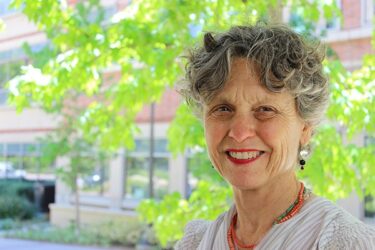
Stephanie Pincetl in KMBZ: How the California power outages reduce wildfire risk: What you need to know
“PG&E right now is very gun-shy of taking any risks” and doesn’t “want to be liable if something goes wrong,” said Stephanie Pincetl, a professor at UCLA’s Institute of the Environment and Sustainability and director of the California Center for Sustainable Communities. “They’re trying to manage their risk, and if I was in their shoes I would probably do the same thing, ’cause you don’t know.”
One problem contributing to the fire risk is houses being developed in places where they shouldn’t, Pincetl said. When subdivisions are built in especially dry, windy and wooded areas of California, the homes need power, but they’re at higher risk for fires, Pincetl said.
There’s also the massive area to patrol.
“PG&E has a very, very, very extensive grid,” Pincetl said. “So it means that you have hundreds of thousands of miles really of transmission that you need to be very vigilant about in keeping upgraded, and that includes brush clearing.”
